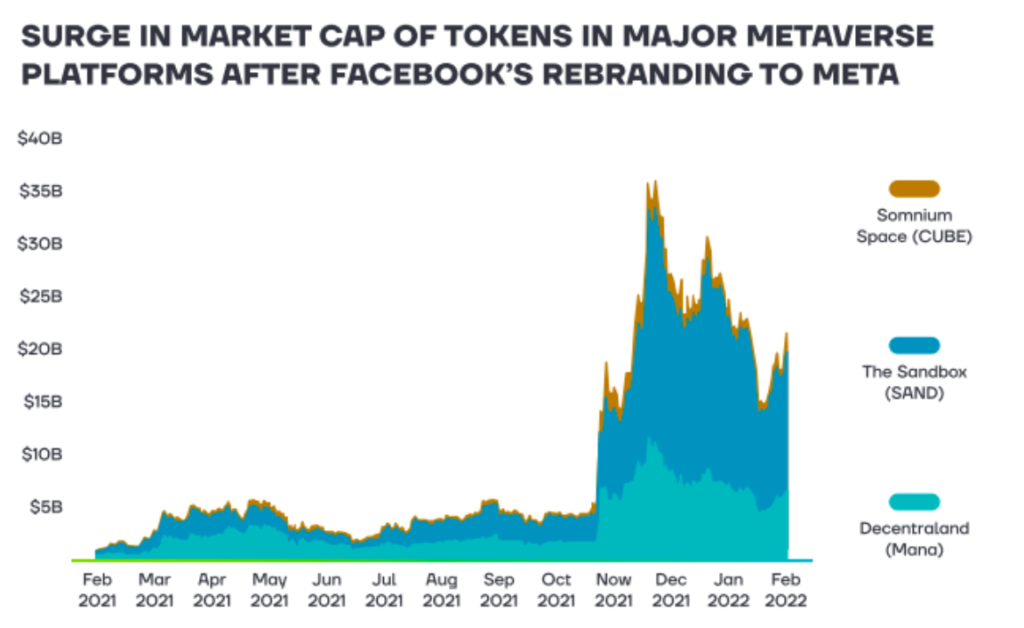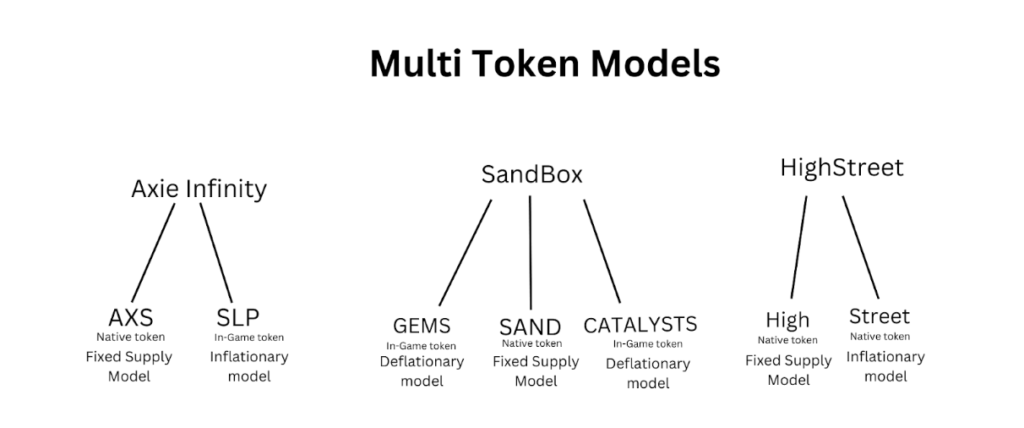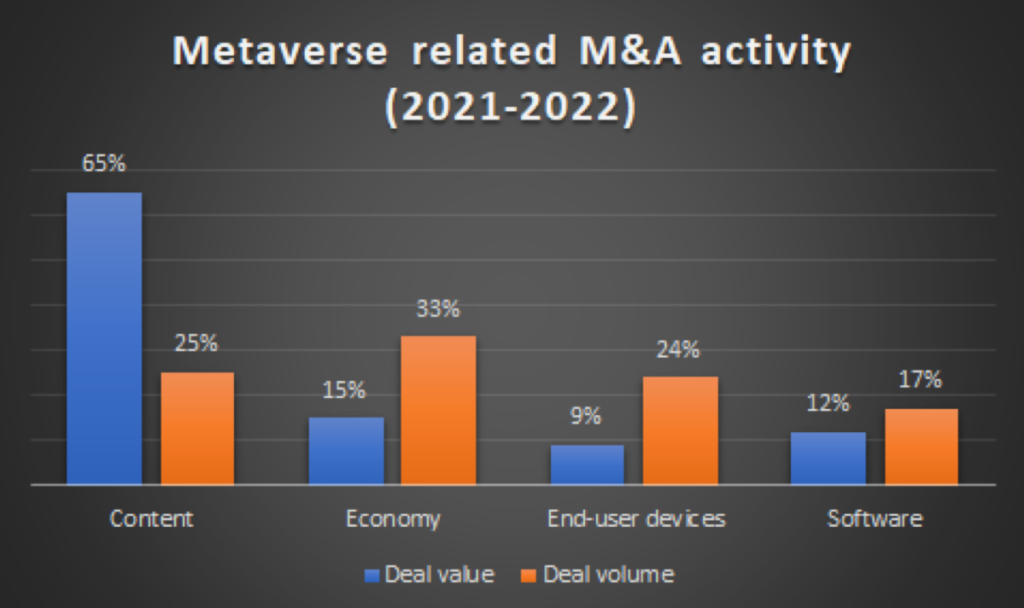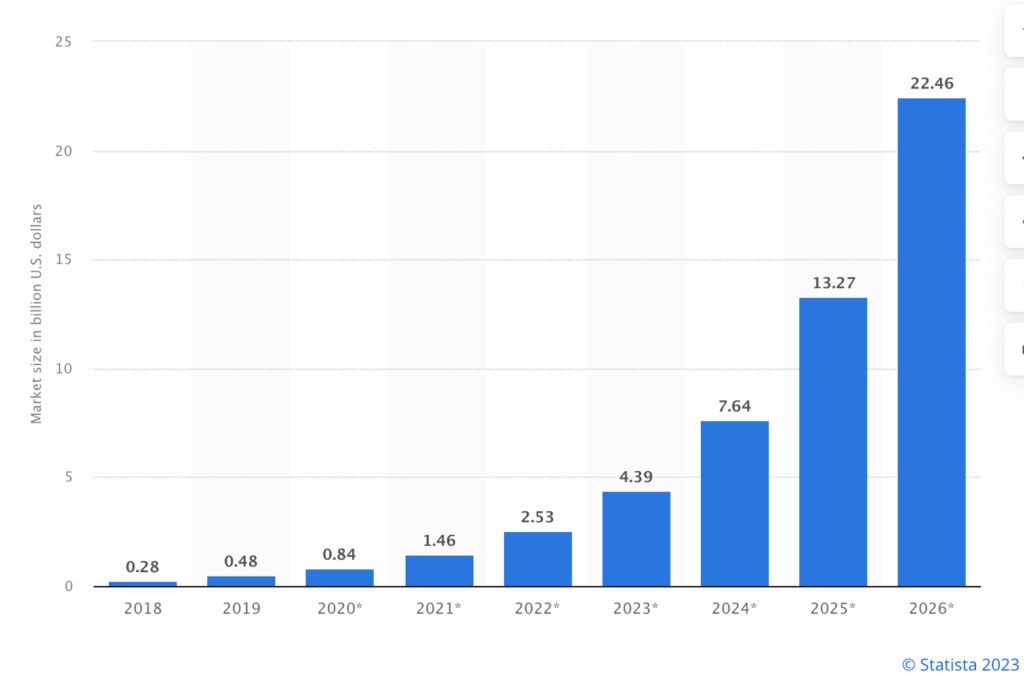In the rapidly evolving world of cryptocurrency, a new frontier has emerged that is piquing the interest of investors worldwide – metaverse tokens. These digital assets, which are associated with virtual worlds and online communities, have witnessed significant traction in recent years. As these metaverses continue to grow and integrate with various aspects of our daily lives, from gaming to social interactions to business, their associated tokens are becoming increasingly prominent in the crypto investment landscape. This rise in prominence has resulted in an expanded market with diverse options, offering ample opportunities for savvy investors.
This article delves extensively into this vibrant market, spotlighting the top 10 metaverse tokens as of Q1 2023. These include well-known names such as The Sandbox, Decentraland, Axie Infinity, Enjin Coin, Illuvium, Magic, Merit Circle, My Neighbor Alice, Mobox, and Vulcan Forged. But we’re not just listing these tokens based on their market capitalization. We’re also providing an in-depth analysis of their adoption rates and user metrics. By doing so, we aim to give you a comprehensive overview of their performance, potential, and the trends shaping their trajectory.
Let us dive straight in and unearth a few gems in the form of top metaverse tokens.
Using CoinGecko’s excellent tagging of tokens, we can identify the following top 10 tokens as of Q1 2023:
- The Sandbox (SAND): market cap. $1,024 million
- Decentraland (MANA): market cap. $961 million
- Axien Infinity (AXS): market cap. $878 million
- Enjin Coin (ENJ): market cap. $375 million
- Illuvium (ILV): market cap. $253 million
- Magic (MAGIC): market cap. $239 million
- Merit Circle (MC): market cap. $105 million
- My Neighbor Alice (ALICE): market cap. $103 million
- Mobox (MBOX): market cap. $93 million
- Vulcan Forged (PYR): market cap. $79 million
Now, let’s look at adoption and user metrics using DappRadar. We’ll use 30-day metrics across the board
| Project Name | Unique Active Wallets | Transactions | Volume | Balance (TVL) |
| The Sandbox | 6.93K | 4.71K | 5.21M | 54.22M |
| Decentraland | 3.52K | 50.33K | 12.93M | 30.06M |
| Axie Infinity | 80.12K | 898.78M | 88.75M | 744.5M |
| Enjin | N/A | N/A | N/A | N/A |
| Illuvium | 379 | 683 | 605.1K | 2.64M |
| Magic | N/A | N/A | N/A | N/A |
| Merit Circle | 4 | 7 | N/A | N/A |
| My Neighbor Alice | 55 | 97 | N/A | 15.09K |
| Mobox | 28.21K | 414.55K | 5.82 | 38.42M |
| Vulcan Forged | N/A | N/A | N/A | N/A |
Unfortunately, these metrics are hard to compare to DeFi. For example, Balance in Metaverses is similar to total value locked in decentralized applications (DApps). We left out projects that are not DApps, but instead tokens for whole ecosystems, where a major part of the transaction volume comes from swaps and trading on exchanges, instead of in-world activity. Token transaction volume cannot be compared to in game (or in metaverse) transactions. A few striking observations:
- Activity on Illuvium is shockingly low, even though the market capitalization of the token is still above $154 million. This could be captive liquidity since Illuvium incentivizes users to lock up tokens for up to four years with massive rewards, or it could be that many holders still believe that the developers will unlock massive success with a token-powered game. Illuvium has recently launched Illuvium: Beyond.
- Axie Infinity is still going strong and has a devoted client base.
- Decentraland was one of the first distinct metaverse tokens and one of the poster children of the metaverse land gold rush. User activity there has since dropped and continues to shrink.
- Enjin and Vulcan Forged are ecosystems of their own with multiple DApps.
- My Neighbor Alice is a NFT sharing DeFi game.
How can you, discerning investor, decide whether to buy tokens, considering the above metrics do not apply, though?
Short Primer on Valuing Tokens
When looking at tokens, market capitalization is often seen as a good measure of value. We found, time and again, that market cap is sometimes achieved by mere speculation, without reflecting underlying or intrinsic value. While it is perfectly rational to use market ballistics for investing, we find that most holders overestimate their ability to time the market and get caught in a destructive spiral of FOMOing in much too late and then getting out when they can’t bear the pain anymore.
Experienced investors form opinions that lead to very concrete expressions in the market. Something like: I will buy token X at this price with this exposure and sell at this price with a stop loss at that price.

Most investors want to buy and hold tokens, so we want to give some additional tools that can be used to research possible investments. Please understand that this is in no way an invitation or enticement to actually buy tokens. This remains at the sole discretion and the singular responsibility of the reader.
- Liquidity: Using CoinMarketCap, check how much trading volume a certain token has had on what exchanges. See a screenshot below for Illuvium, where you can see $22 million in centralized exchanges volume and $1.6 million in DEX volume. While these are large numbers, they’re paltry compared to major currencies. ETH has $12 billion worth of volume on CEXs and $60 million on DEXs. Stablecoins, meanwhile, have even more.
Liquidity becomes important when buying or selling tokens. Low liquidity means high slippage (or loss from friction) when buying or selling.
- Distance from all-time high, all-time low: Where in the history of the token is the current price. If it is close to the all-time high, is there any news that supports this momentum?
- News and products: Has a new game or product recently shipped or is expected to boost demand for the token? Has the founding team raised money from a top fund? Has a celebrity publicly endorsed one of the products or the token?
- Tokenomics: How much dilution is going to happen going forward, and when is the next big unlock of tokens? This is especially important because a sudden influx of additional available tokens always leads to substantial sell pressure and lowering prices — at least in the short term.
The more research you can put into your purchase, the better. Try to come up with a credible thesis of why you would want to buy a token at a certain price and also define clear targets for selling or at least taking some profit.
In conclusion, investing in metaverse tokens requires a nuanced understanding of several factors, such as liquidity, distance from all-time high and low, news and products, and tokenomics. Market capitalization, while often considered a good measure of value, can sometimes be misleading due to speculative influences. Therefore, it’s crucial for potential investors to conduct thorough research and form concrete opinions before making any decisions. Remember, investing in tokens is not just about buying at a certain price, but also knowing when to sell. With the right tools and knowledge, you can navigate the dynamic landscape of metaverse tokens more effectively.



















